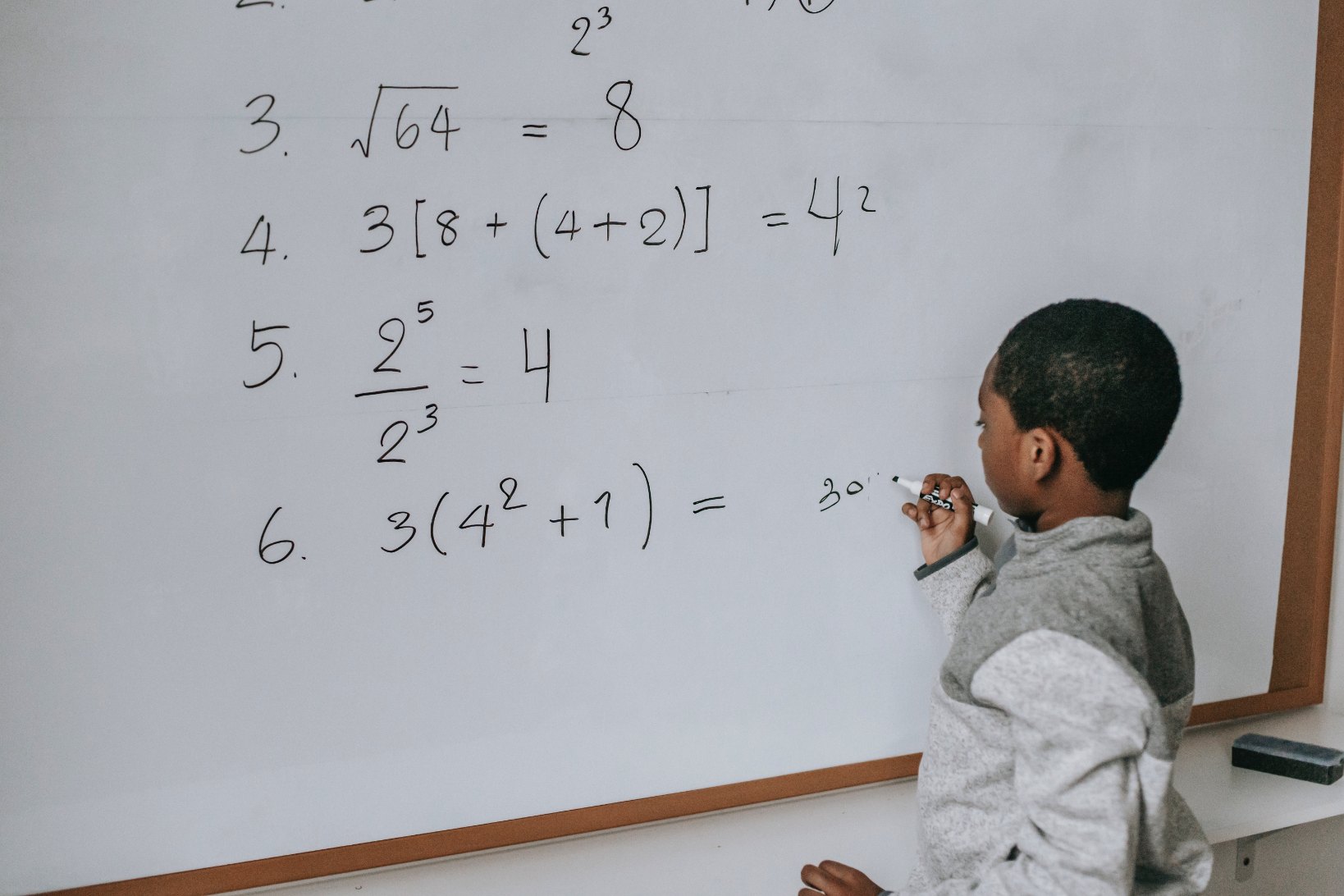ELA/Reading
Content
- Project Lead Coaches: Dr. Laurie Fanello, Dr. Diana Strohecker, Krystal Thompkins, M.Ed.
- Grade Bands: Early Childhood, Elementary
- Delivery: In-Person (preferred), Hybrid, Virtual
- Specialized to a Population: No
- Audience: General Ed, SPED & Bilingual Teachers, Principals, Other School- and District-Level Administrators, Superintendents

The National Reading Panel found that school districts that use strategic, researched-based literacy instruction and reading resources that align with the five components of effective literacy instruction are most successful in helping children learn how to read. The five components are phonemic awareness, phonics, fluency, vocabulary, and comprehension. As we know, learning how to read is not a natural process. Reading instruction must be systematic and explicit. Structured literacy components including foundational skills (decoding and spelling) and higher-level skills (reading comprehension and written expression) are essential in the reading process. What Works Clearinghouse. 2019. found that teaching academic language and narrative language along with principles of sound word correspondence and high frequency words developed children who learn to read text for meaning. Therefore, structured literacy along with instilling a joy for reading through having access to a plethora of books in which children see themselves and the diverse amazing world around them is vital to a literacy classroom.
Understanding how literacy develops is a cornerstone of effective teaching for all children. Snow et al. (1998) assert that “...intensity of instruction should be matched to children’s needs. Children who lack these understandings should be helped to acquire them; those who have grasped the alphabetic principle and can apply it productively should move on to more advanced learning opportunities.” Children learn how to read through stages. These stages support both code-related and meaning-related instruction (Driver, Newton, & Osborne, 2000; Pappas, Varelas, Barry, & Rife, 2002). Therefore, there are essential components and processes to a well-planned and implemented literacy classroom. These components include but are not limited to reading aloud, shared reading, shared writing, independent reading and writing, and small group reading instruction. Each of these components create intentional instructional opportunities for students to learn and practice the explicit skills it takes to become and continue to grow as a reader and are aligned with the science of reading. The ongoing process of assessment, explicit teaching, and specific practice on a consistent basis with feedback serves all children.
ULLC will provide
elementary schools (PK – 5), with an explicit step-by-step professional
development structure to build the capacity to diagnose strengths and barriers
to building a multi-tiered system of support. This structure will allow school
districts and schools to create data-driven action plans that meet the needs of
all children. ULLC will assist in building teachers' knowledge and resources to
be explicit systematic teachers of reading and writing through ongoing coaching
and feedback. ULLC and the district will strategically plan to build upon the
district’s current resources to create a literacy environment that uses best
practices. Supports can be in the form of an introductory series of learning
sessions for teachers, administrators, and central office staff to understand:
the rationale, component parts, required materials and furnishings, continued
professional development schedule, assessment tools, and on-site visits to
solidify a holistic program to meet the needs of all learners. Implementing the
gradual release model, ULLC will train teacher leaders, school administrators,
district level personnel, and instructional coaches to guide and assist
teachers in their journey towards explicit and systematic reading instruction
that can be used with any program PK-5.
Foundational Skills to Support Reading for Understanding in Kindergarten
Through 3rd Grade. US Department of Education: Institute for Education Sciences
Mathematics
- Project Lead Coaches: David Hundley; Kelly Kent Johnson, M. S. Ed., Kevin Wajek
- Grade Bands: Early Childhood, Elementary, Middle
- Delivery: In-Person (preferred), Hybrid, Virtual
- Specialized to a Population: No
- Audience: General Ed, SPED & Bilingual Teachers, Principals, Students
Developing mathematical thinkers requires an understanding and commitment to six principles set forth by the National Council of Teachers of Mathematics (NCTM): equity, curriculum, teaching, learning, assessment, and technology. These six principles act as a guidance and direction for those focused on creating mathematical thinkers. At the same time, developing the 5 Process Standards (Problem Solving, Reasoning and Proof, Communication, Connection, and Representation) to support critical mathematical thinking should take place.
ULLC will design professional development opportunities for teachers and administrators based on needs determined by a comprehensive review of the school’s data. We will provide mentoring and coaching sessions designed to increase the conceptual knowledge of teachers and students in mathematics. The support will provide the connection between conceptual knowledge and procedural knowledge. The focus on the Concrete-Representation-Abstract (CRA) method of instruction will include coaching and modeling opportunities. A concentration on identifying and effectively using manipulatives will develop a conceptual understanding of mathematical concepts for all participants and students. However, for real change to occur, teachers require much more than research-backed theories. What is required to transition to successful conceptually based approaches are feet-on-the-ground, easy-to-implement, tried-and-proven strategies.

This is what ULLC provides as a Learning Partner. The goal of the Learning Partnership becomes the gradual release of understanding of shared knowledge to the teacher. The mentoring experiences, the coaching opportunities, and the modeling examples will eventually move teachers, administrators, and support personnel to the “You Do” phase of the learning process
